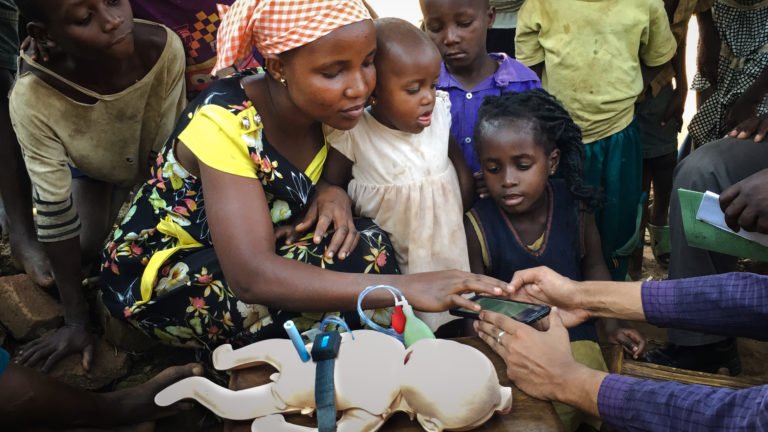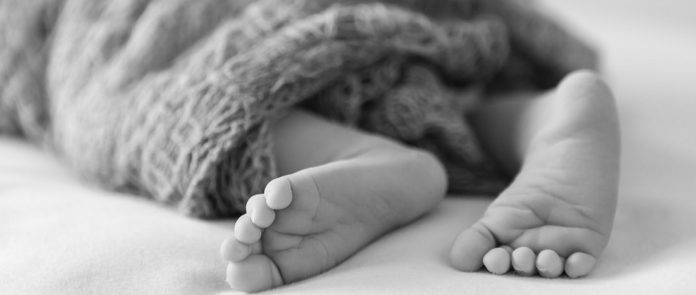Scientists at the Johns Hopkins University had received $100,000 grant for developing a novel, low-cost sensors and a simple cell phone app to spot sickness in their newborn babies’ critical first week.
Almost 2.7 million newborns die annually. 75% of them died during the first week of life. In developing regions, if a community health worker does not visit when a newborn baby shows symptoms of a serious health problem, the illness may be overlooked.
Scientists studied the incidence of newborns’ deaths in developing regions. They traveled to Bangladesh, Kenya and Uganda to see how people in rural villages often must rely on community health workers.

The principal investigator of the project, Soumyadipta Acharya said, “Mothers and other family members often fail to recognize the early signs of a serious illness in time. But if you see the signs of illness early enough, the child could be referred to a district hospital for prompt treatment.”
Scientists then decided to empower the babies’ mothers, who are with the newborns most often. They offered a simple device to the moms to access the baby’s health. The simple device is nothing but a cell phone with testing attachments, along with software that prompts the mothers to answer key yes-or-no questions.
The connection is a little belt that is affixed over the infant‘s mid-region, alongside a minimal effort paper sensor strip. It also involves a sensor that tracks data about the newborn’s temperature and breathing and delivers it to the cellphone.
The yes-or-no questions ask about other danger signs that the child might be displaying, such as sickness, convulsions, chest indrawing, and reduced breastfeeding. A positive test triggers a direct referral to the community health worker.
Scientists believe that their project will allow them to further develop and test the sensors and accompanying cell phone application. If these steps are judged to be successful, the project could qualify to receive a follow-up grant of up to $1 million.
